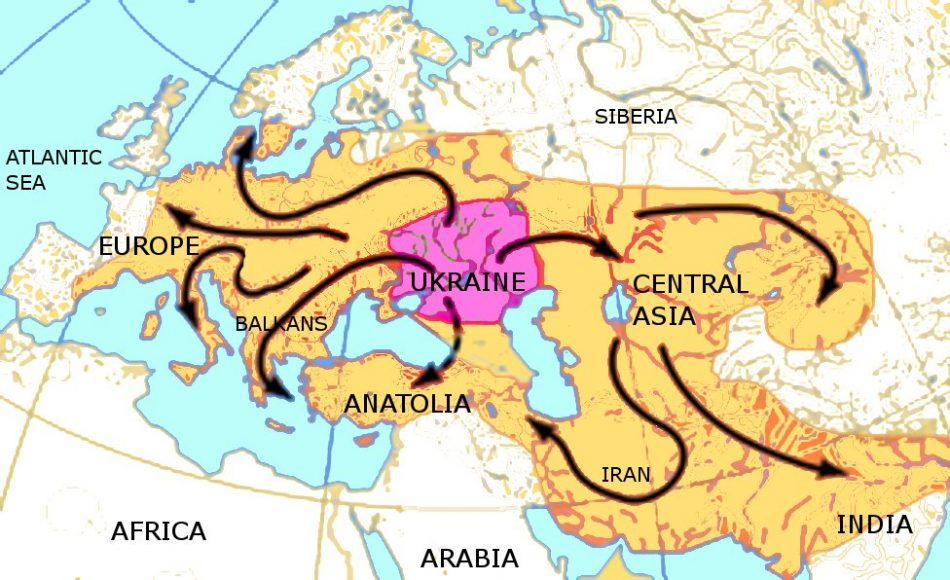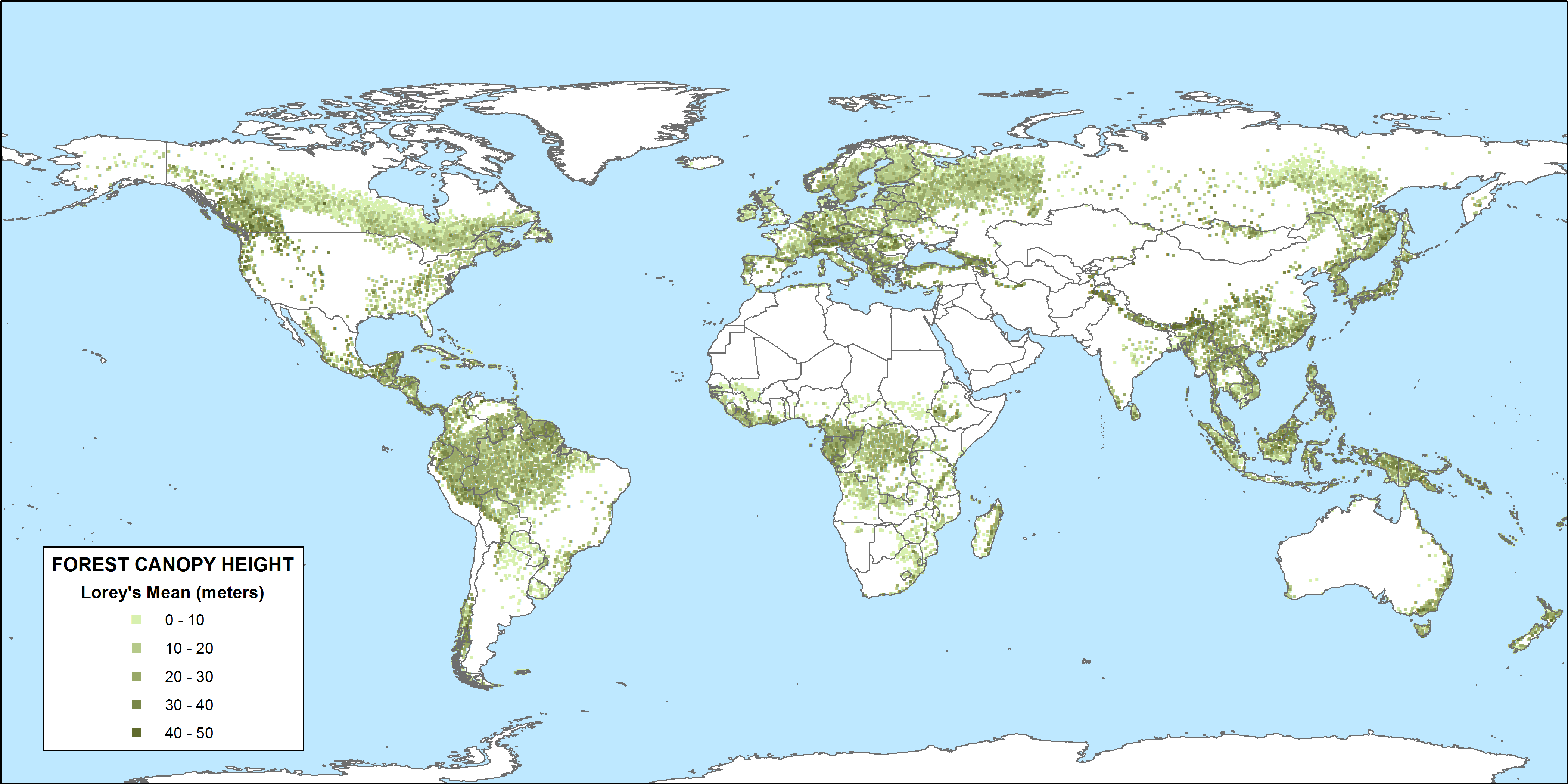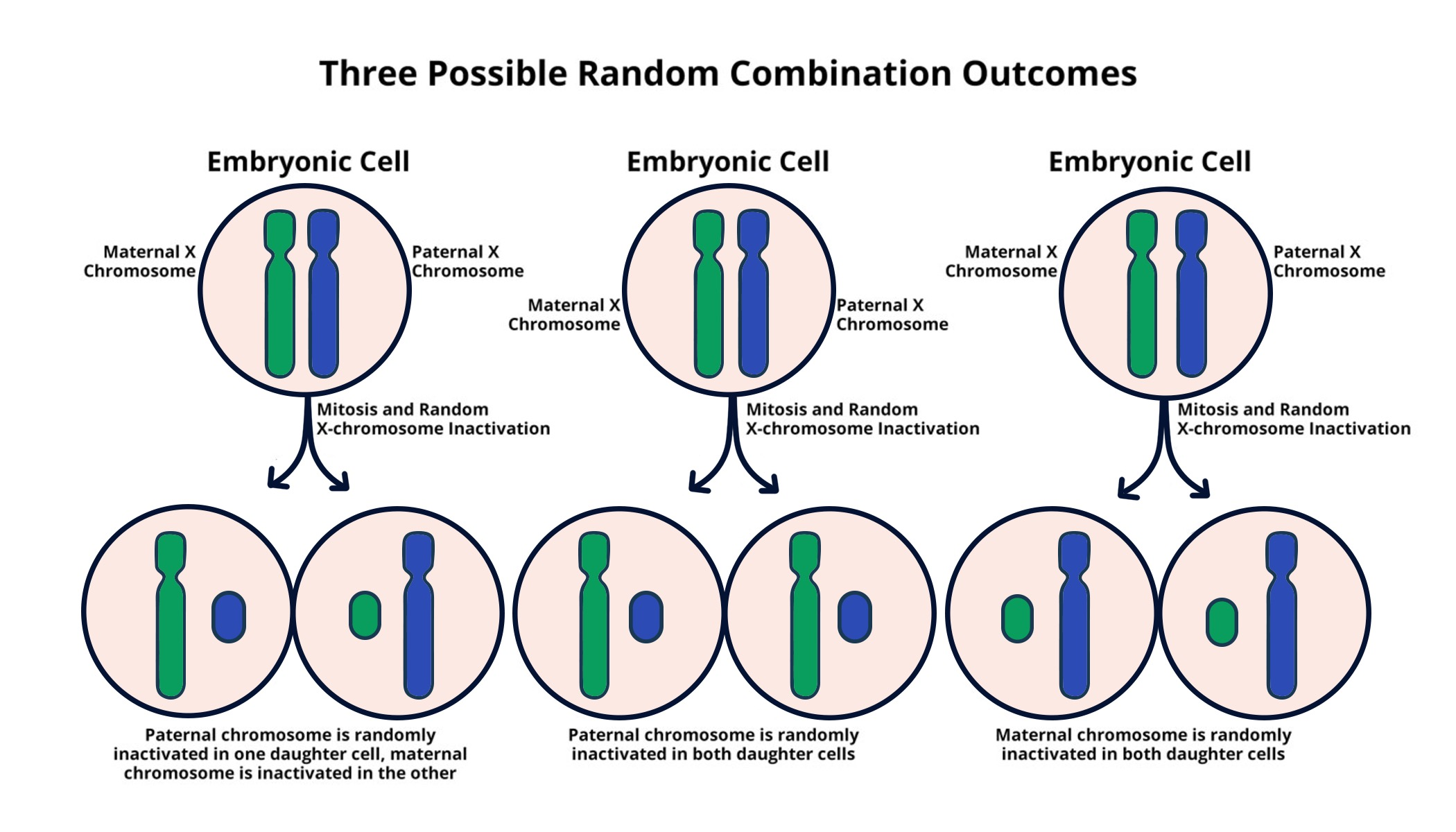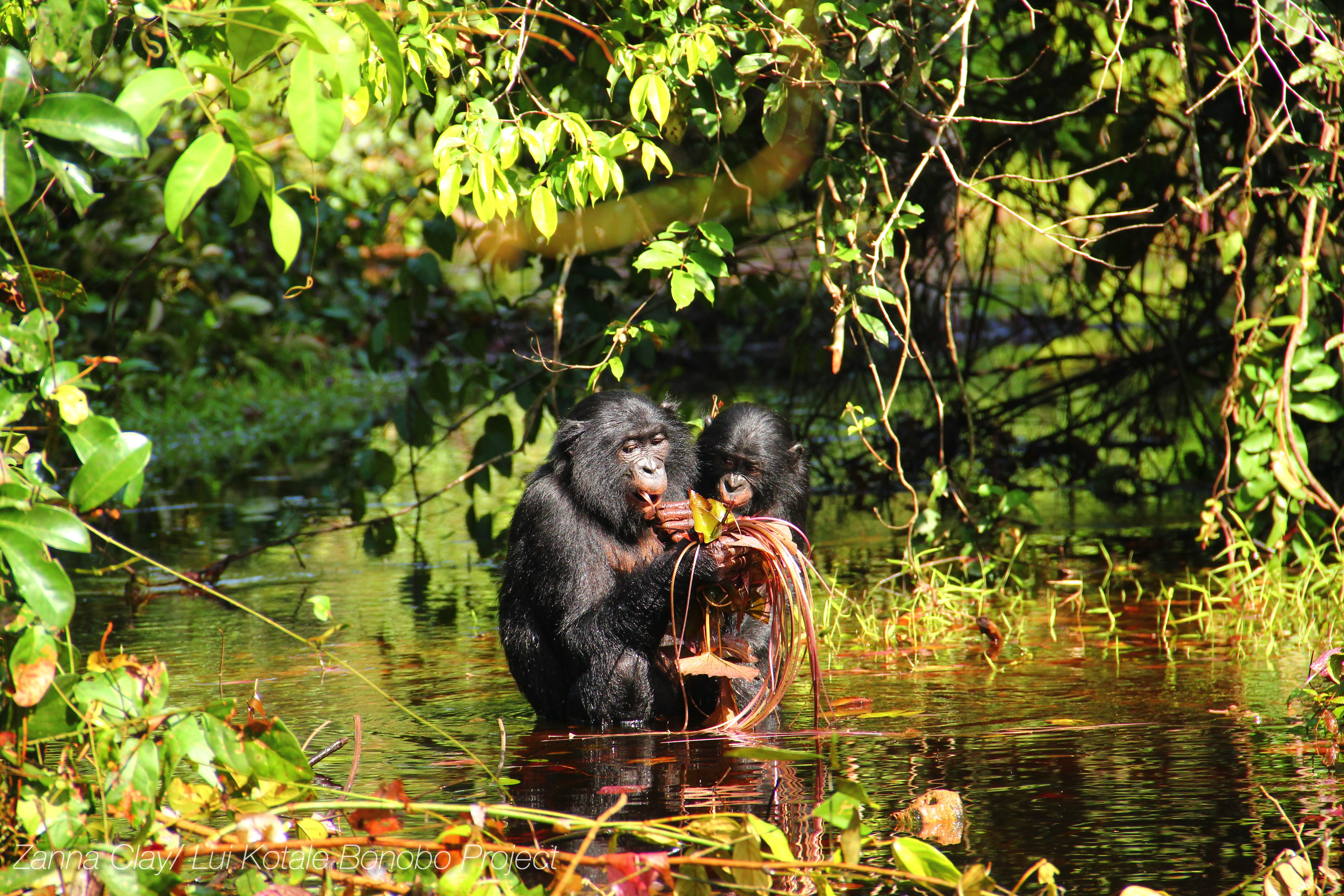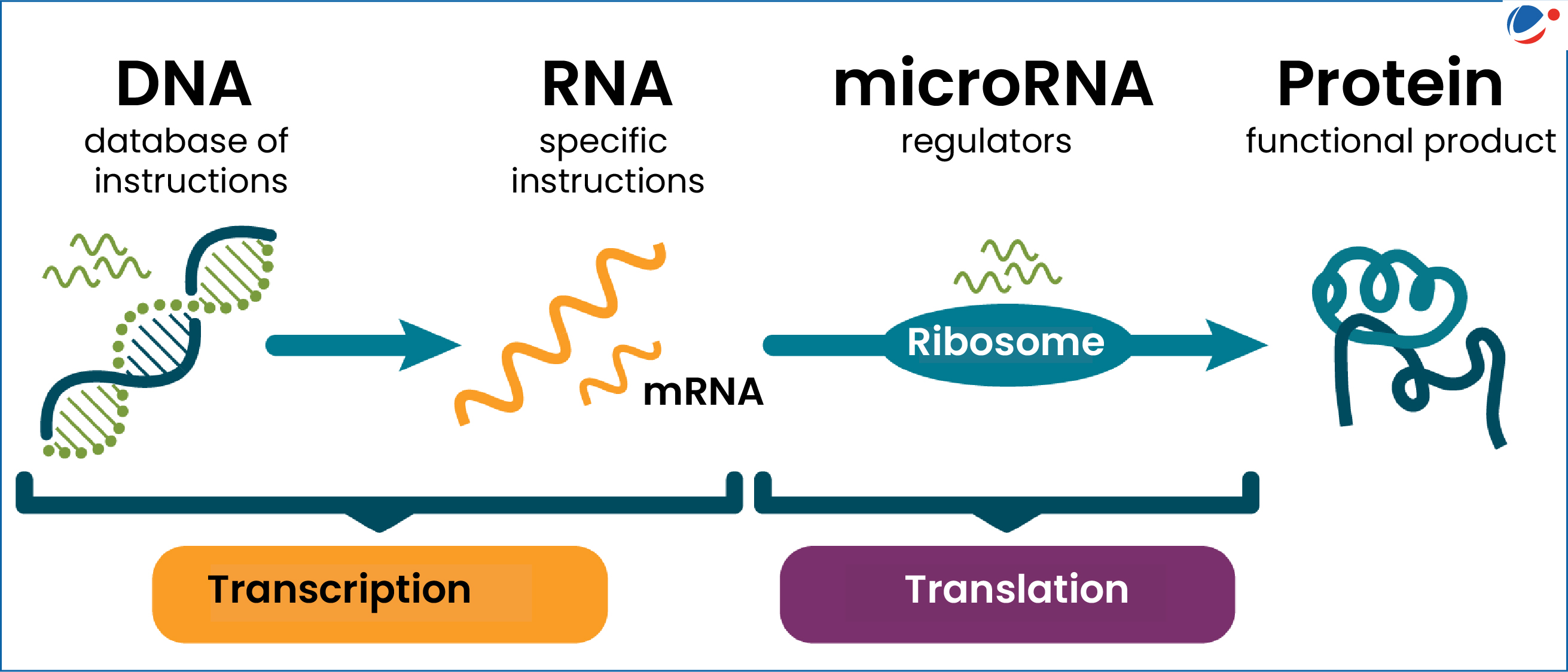Indo-European Languages Origin: Landmark New Discoveries
The origins of Indo-European languages present a fascinating insight into the linguistic history that has shaped cultures across Europe and Asia. Recent groundbreaking studies have identified the source of these languages in the Caucasus Lower Volga region, where evidence suggests speakers thrived around 6,500 years ago. These early linguistic pioneers, part of the Yamnaya culture, played a pivotal role in spreading their proto-Indo-European language, influencing over 40% of the contemporary global population. By merging ancient DNA research with archaeological findings, scientists have traced the movements and interactions of these peoples, revealing a rich tapestry of human history. The implications of this research extend beyond language, challenging us to reconsider how ancient communities have interconnected through time.
Tracing the roots of significant language families leads us directly to the vast realm of Indo-European languages. This linguistic group, which acts as a linguistic bridge between various cultures, has its beginnings firmly planted in historical regions like the Caucasus Lower Volga. The Yamnaya culture, recognized for its nomadic pastoral traditions, serves as a hallmark of ancient civilizations that contributed immensely to the evolution of these languages. Through innovative analysis of ancient DNA and artifacts, researchers illuminate the complex interplay of demographics and language development that occurred thousands of years ago. By understanding these early connections, we gain valuable insights into the profound impacts such ancient societies have had on our modern linguistic landscape.
The Linguistic History of Indo-European Languages
The journey of Indo-European languages spans several millennia, tracing back to ancient communities that spoke a common proto-language. This linguistic family is characterized by its remarkable diversity, including over 400 languages spoken by more than 3 billion people today. Scholars have long engaged in piecing together the rich linguistic history that reveals not just vocabulary similarities but fundamental structural commonalities among languages such as Latin, Greek, and Sanskrit. These connections highlight a lost world where different tribes once communicated using a shared tongue, often referred to as proto-Indo-European (PIE). The study of Indo-European languages allows researchers to glimpse the social interactions, migrations, and cultures of these early populations, shaping our understanding of modern societies.
Through the years, linguists utilized various tools such as comparative linguistics and historical analysis to reveal the interplay between languages that can be traced back to this ancient family. Recent studies focused on the Caucasus Lower Volga people, identified through ancient DNA, provide strong evidence to support the long-held theories regarding the origins of these languages. The 19th-century steppe hypothesis proposed that the heartland of Indo-European speakers resided in the vast steppes of Eurasia, correlating genetic evidence with notable archaeological findings, further cementing the linguistic ties present in today’s world.
Caucasus Lower Volga: The Cradle of Indo-European Languages
The recently published studies in *Nature* have shed light on the Caucasus Lower Volga as the birthplace of the Indo-European language family. Researchers have found that this ancient population, residing in what is now Russia around 6,500 years ago, was integral in laying the groundwork for numerous linguistic traditions. Identified as the speakers of an early ancestor tongue, the Caucasus Lower Volga people were not isolated; they engaged in significant interactions with neighboring groups, ultimately influencing the development of multiple languages spread across Europe and Asia. This phenomenon exemplifies the intricate links between culture, migration, and language development documented in history.
The acknowledgement of the Caucasus Lower Volga people as pivotal figures in linguistic history not only fills a gap in the narrative of Indo-European evolution but also emphasizes the role of ancient DNA in understanding human ancestry. As genetic data confirms their contribution to the spread of the Yamnaya culture, deeper connections emerge that intertwine migration patterns and cultural transformations. The expansion of the Indo-European languages and the adoption of innovative technologies, as seen in the Yamnaya culture’s unique burial practices and livestock herding methods, illustrate how language and culture evolved side by side through generations.
Yamnaya Culture and Its Linguistic Impact
Renowned for their nomadic lifestyle, the Yamnaya people played a significant role in the dissemination of proto-Indo-European languages across Eurasia. Their innovative practices, such as advanced pastoral farming and wheeled transportation, allowed them to traverse vast distances, facilitating cultural exchanges and the intermingling of languages. This mobility was not only crucial for their economy but served as a catalyst for spreading their linguistic heritage into regions far beyond their original settlements. From Ukraine to Mongolia, the Yamnaya’s expansive reach is mirrored in the linguistic diversity of the Indo-European languages we observe today.
The notion that the Yamnaya culture served as a conduit for spreading language is reinforced by extensive archaeological evidence showcasing their unique burial rituals and social structures. These practices often provide insights into their belief systems and societal organization, further illuminating the connections between culture and language. Understanding the correlation between the Yamnaya’s lifestyle and the evolution of Indo-European languages enhances our appreciation of the complex tapestry woven by early human societies as they transitioned from localized dialects to systemic language families that continue to influence a considerable part of the modern world.
Ancient DNA: Unraveling Linguistic Origins
Recent advancements in ancient DNA analysis have revolutionized our understanding of the origins of the Indo-European languages. By isolating and sequencing DNA from archaeological remains, scientists can trace lineage connections that help document how populations migrated and interacted over thousands of years. The studies focusing on the Caucasus Lower Volga people provide compelling genetic evidence linking them to the diverse linguistic groups across Europe and Asia. This integration of genetics with linguistic research opens up new avenues for understanding how languages evolved in concert with human populations and their movements.
The ability to map these connections through ancient DNA not only clarifies the ancestry of modern populations but also assists linguists in reconstructing proto-languages that predate written records. With the Yamnaya culture at the center of this research, scholars can now view how migration patterns correspond to linguistic dissemination, further elucidating the profound implications of these ancient people’s legacy. Through collaborative efforts, researchers aim to bridge the gap between genetics and linguistics, establishing a clearer narrative of how languages such as Sanskrit, Greek, and Latin are interconnected within the vast Indo-European family.
The Steppe Hypothesis Revisited
The steppe hypothesis has played a transformative role in reshaping our understanding of the origins of Indo-European languages, positing that the ancient speakers of these languages originated from the Eurasian steppes. Recent genomic research corroborates this theory, particularly with the discovery of the Caucasus Lower Volga people as significant contributors to this linguistic family. These individuals are believed to have migrated across the steppe, engaging in extensive interactions with various tribes, catalyzing a fusion of languages that resulted in vigorous cultural and linguistic evolution.
As the steppe hypothesis continues to evolve with new findings, the connection between genetics, culture, and language becomes increasingly clear. It illustrates a narrative where the movement of peoples was not merely a physical journey but an exchange of ideas and communication that laid the foundation for the diverse linguistic landscape we recognize today. Understanding these dynamics allows us to appreciate the complexities of human history and how languages have transformed as they crossed cultural frontiers through millennia.
The Cultural Heritage of the Yamnaya People
While the linguistic contributions of the Yamnaya people are significant, their cultural heritage also offers fascinating insights into ancient societal structures. The Yamnaya are well-known for their burial practices, particularly their kurgans, which served as monumental grave sites for their deceased. Excavations of these burial mounds consistently reveal artifacts that speak volumes about their beliefs, social hierarchy, and interactions with neighboring cultures. Such cultural elements not only provide a backdrop for understanding their linguistic legacy but also highlight the interconnectedness of language, tradition, and identity.
The kurgan burial sites, laden with material goods, underscore the Yamnaya’s advanced societal organization and their role as early agriculturalists and animal herders. These practices reflected their beliefs regarding life after death and the importance of heritage, which likely influenced their language as they communicated shared values and traditions. By studying these aspects of Yamnaya culture in conjunction with linguistic evolution, researchers can glean further insights into how early societies maintained their identities and facilitated the spread of languages that continue to resonate through modern tongues.
Tracking Population Movements through Genetics
The intertwining of genetics with archaeological studies fosters a deeper understanding of how population movements influenced the spread of Indo-European languages. As researchers analyze the genetic profiles of ancient populations, they uncover the complex migration routes that these early groups undertook, specifically those associated with the Yamnaya and their descendants. The connectivity between ancient DNA findings and linguistic patterns sheds light on how communities exchanged not only goods and technologies but also languages and cultural practices.
This approach allows scientists to trace the paths taken by the Caucasus Lower Volga people as they migrated and intermixed with various populations across Europe and Asia. The genetic data demonstrates how these ancient migrations correlate with the emergence of diverse Indo-European languages, effectively mapping the journey of linguistic evolution through time. By combining genetic and linguistic research, a more comprehensive picture of human history and cultural development emerges, rich with stories of survival, adaptation, and the enduring legacy of ancient tongues.
The Role of Archaeology in Linguistic Studies
Archaeology plays a pivotal role in expanding our knowledge of the origins and evolution of Indo-European languages by providing contextual evidence that complements genetic research. Discovering artifacts, settlement patterns, and burial sites associated with ancient peoples like the Yamnaya allows researchers to piece together the cultural intricacies that shaped language development. These archaeological findings also serve as a tangible connection to the linguistic theories posited by scholars, helping to validate hypotheses regarding the movements of proto-Indo-European speakers and their interactions with other communities.
Moreover, archaeological records contribute to a broader understanding of how cultural practices may have influenced language structure and vocabulary among ancient populations. For instance, the various tools and implements uncovered at burial sites offer insights into the daily lives of the Yamnaya and their communication styles. These connections between physical evidence and language evolution emphasize the need for interdisciplinary collaboration among linguists, geneticists, and archaeologists to fully appreciate the rich tapestry of human history embedded within the Indo-European languages.
Collaboration Across Borders in Research
As the research surrounding Indo-European languages and their origins continues to evolve, the need for international collaboration has never been more critical. The ongoing challenges presented by geopolitical tensions have, in some cases, restricted joint research efforts by scholars from affected regions. Notably, the divisions brought about by the Russia-Ukraine conflict have impacted the collaborative nature of linguistic and genetic studies. Yet, this obstacle also highlights the importance of unity and shared knowledge in the pursuit of understanding our collective past.
Researchers from various backgrounds must find ways to integrate their findings and share insights, as seen in the recent studies regarding the Caucasus Lower Volga people. Emphasizing collaboration, these studies draw from ancient DNA samples across different regions while fostering partnerships that transcend national borders. By continuing to engage across disciplinary and cultural lines, scholars can contribute to a more nuanced understanding of linguistics and human history, enriching the narrative of how Indo-European languages came to be and how they shape our modern societies.
Frequently Asked Questions
What is the origin of the Indo-European languages according to recent studies?
Recent studies have identified the origin of Indo-European languages in the Caucasus Lower Volga region, present-day Russia, approximately 6,500 years ago. This population is associated with the Yamnaya culture, which played a crucial role in spreading proto-Indo-European languages across Europe and into the Indian subcontinent.
How do ancient DNA findings relate to the Indo-European language origins?
Ancient DNA findings reveal the genetic lineage of the Caucasus Lower Volga people, showing their connection to the Yamnaya culture. These studies provide critical evidence that helps trace the lineage of proto-Indo-European speakers, confirming that they originated from this region during the Eneolithic period.
What cultural practices did the Yamnaya people contribute to the spread of Indo-European languages?
The Yamnaya people, known for their advanced pastoral lifestyle and mobility, shared cultural practices such as large-scale herding and burial traditions, including the construction of kurgans, which helped in the dissemination of their proto-Indo-European language and cultural identity across vast areas.
Why are scholars interested in the Yamnaya culture in relation to Indo-European languages?
Scholars are interested in the Yamnaya culture because it is believed to be a key player in the diffusion of Indo-European languages. Their genetic make-up and archaeological evidence suggest that they significantly influenced the linguistic landscape of Europe and beyond, as they migrated and settled in new regions.
What role does the Caucasus Lower Volga region play in the history of Indo-European languages?
The Caucasus Lower Volga region is regarded as the primary source of Indo-European languages, as recent research has shown that the people of this area were among the earliest speakers of proto-Indo-European. Their movement and interactions with other populations facilitated the spread of languages that evolved into the many languages spoken today.
How does the Yamnaya culture relate to the linguistic history of Europe?
The Yamnaya culture is pivotal in the linguistic history of Europe as it represents the demographic shift that introduced Indo-European languages to the continent. As these pastoralists migrated westward, their language and culture mingled with local populations, leading to significant language evolution and change.
Are there any unresolved questions about the Indo-European languages and their origins?
Yes, while significant strides have been made toward understanding the origins of Indo-European languages, there remain questions about the interactions with other cultures and languages, particularly in regions like Anatolia. The genetic evidence continues to be explored to clarify the complexities of linguistics and migration patterns.
| Key Points |
|---|
| Two studies identify the originators of Indo-European languages in Russia, 6,500 years ago. |
| The Caucasus Lower Volga people are the ancestral speakers and genetic evidence shows their interactions with other populations. |
| Linguistic and archaeological evidence supports the steppe hypothesis, suggesting a connection between the Yamnaya culture and Indo-European languages. |
| The influence of nomadic pastoralists is highlighted through their practices like horse riding and oxen-towed wagons. |
| The genetic footprint of Indo-European speakers is traced throughout Europe and into Asia, illustrating the spread of their languages. |
| Ongoing research aims to unify findings on Indo-European languages amid geopolitical tensions affecting collaborative studies. |
| Cultural practices such as burial traditions are also linked to the Yamnaya, shedding light on early social structures. |
Summary
Indo-European languages origin can be traced back to a group of people in present-day Russia about 6,500 years ago. The discovery made by recent studies provides significant insights into the beginnings of a language family that now encompasses over 400 languages spoken by billions worldwide. These findings not only highlight the genetic lineage and migrations of the speakers but also emphasize the rich cultural traditions they carried, suggesting profound influences in shaping languages and societies across vast regions.
